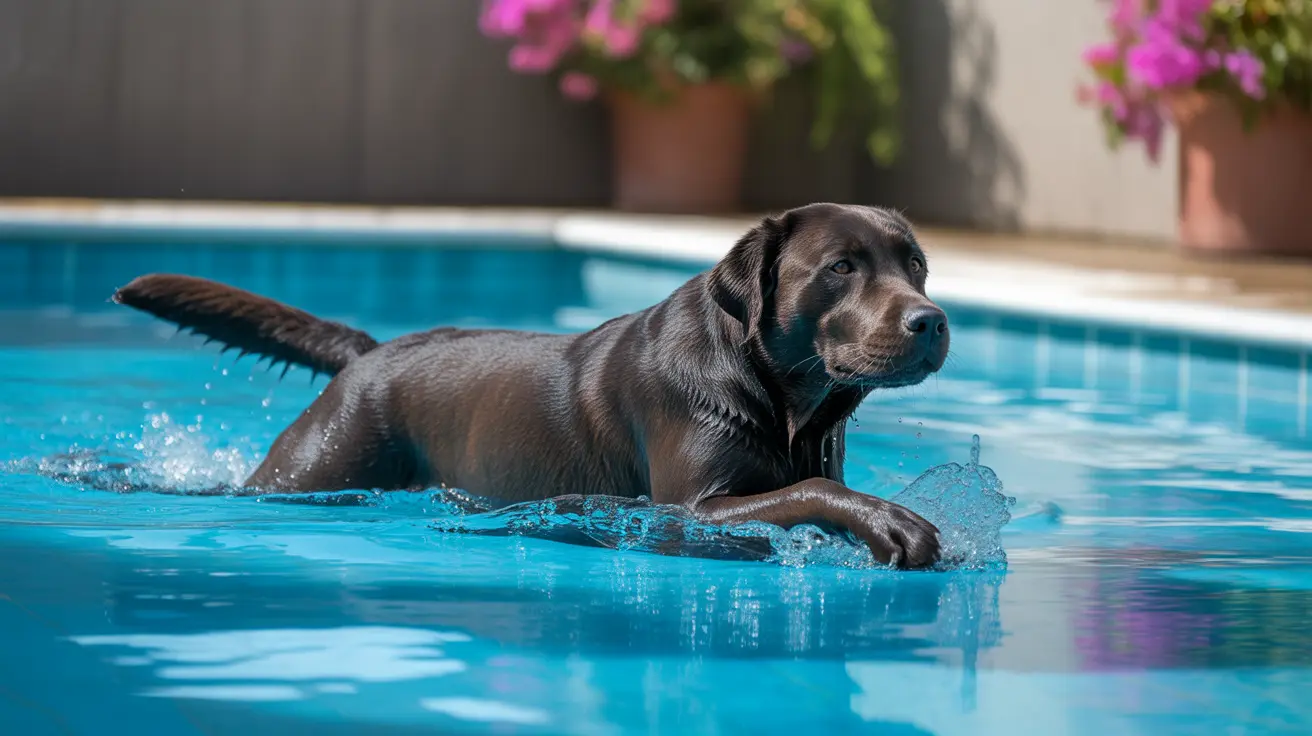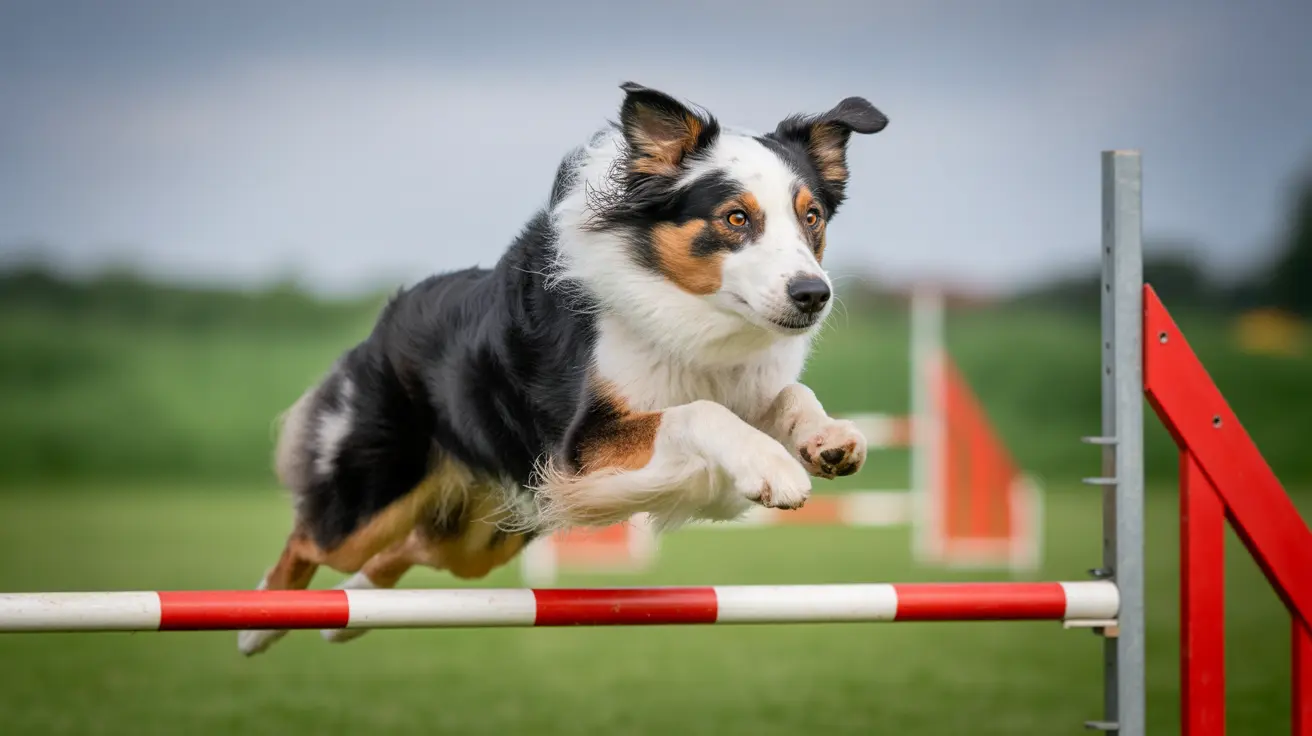Introduction
Labrador Retrievers stand as one of the most beloved dog breeds worldwide, consistently ranking at the top of popularity charts in the United States and beyond. These medium to large-sized sporting dogs have earned their sterling reputation through their exceptional combination of friendly temperament, adaptability, and reliable nature.
What makes Labradors truly special is their versatility—they excel not only as family companions but also as assistance animals and working dogs. Their gentle disposition and intelligence make them ideal partners for various households, from active families to seniors seeking loyal companionship.
In this comprehensive guide, we explore everything you need to know about Labrador Retriever care, including essential health considerations, effective training techniques, and key lifestyle requirements to help your Lab thrive.
Physical Characteristics and Varieties
Labrador Retrievers boast a distinctive athletic build characterized by a robust frame and friendly, expressive features. Adult Labs typically weigh between 55 to 80 pounds, with females generally being lighter than males. Their physical structure includes a broad skull, deep chest, powerful neck, and the characteristic "otter" tail that serves them well during swimming activities.
Labrador Retriever Physical Traits
- Broad head with intelligent, friendly eyes: Labradors have a recognizable head shape featuring soulful eyes that exude warmth and intelligence, making them approachable and endearing to people of all ages.
- Muscular build optimized for swimming and retrieving: Their athletic physique and strong limbs give them stamina and agility, enabling them to excel in activities like swimming and fetching.
- Distinctive "otter" tail: This thick, tapering tail is used as a powerful rudder in water, aiding their extraordinary swimming abilities.
- Dense, water-resistant double coat: Labradors feature a short, straight, double-layered coat that protects them from wet and cold environments, requiring regular care to manage shedding.
- Available in yellow, black, and chocolate variations: Labradors come in three recognized colors, each equally favored for both companionship and work roles.
Understanding Labrador Retriever Temperament
The Labrador Retriever temperament is characterized by an affectionate, playful, and loyal nature. These dogs are renowned for their sociable disposition and gentle interactions with family members, strangers, children, and other pets alike. Their patient and forgiving attitude makes them exceptional family companions, well-suited for a range of living environments.
Notable Behavioral Traits
- Extremely friendly and patient with children: Labradors are tolerant and protective, making them reliable playmates and guardians for young family members.
- Naturally sociable with other pets: Their easygoing personality allows them to coexist harmoniously with other dogs and even other animals in the household.
- Highly adaptable to different living situations: Whether you live in a city apartment or a suburban home with a yard, Labs adjust well as long as their activity needs are met.
- Eager to please and responsive to training: Their high intelligence and desire for approval make Labradors quick learners who respond best to positive reinforcement and consistency in training.
Essential Labrador Retriever Care and Grooming
Proper Labrador Retriever grooming is crucial for maintaining their health and appearance. While relatively low-maintenance compared to some breeds, their double coat requires regular attention to manage shedding and maintain optimal condition. Beyond coat care, attention to ears, teeth, and nails is key to keeping your Labrador comfortable and healthy.
Grooming Guidelines
- Brush 2-3 times weekly, increasing frequency during shedding seasons: Regular brushing helps remove loose hair and reduces shedding around your home. During the heavy shedding periods of spring and fall, daily brushing can be beneficial.
- Use appropriate grooming tools (slicker brush, de-shedding tool): High-quality grooming tools are essential for reaching the undercoat and preventing matting.
- Bathe only when necessary using dog-specific shampoo: Over-bathing can strip the coat of natural oils, so wash your Lab as needed, particularly after muddy outdoor adventures.
- Regular ear cleaning and nail trimming: Labradors can be prone to ear infections due to their floppy ears. Clean and dry their ears after swimming and check for debris or signs of redness. Keep nails trimmed to avoid discomfort or injury.
- Routine dental care and maintenance: Brush your Lab’s teeth regularly and provide dental chews to help prevent plaque buildup and maintain fresh breath.
Health Considerations and Preventive Care
Understanding common Labrador health issues is essential for proactive care and early intervention. While generally robust, Labradors are susceptible to certain hereditary and lifestyle-related conditions. Working closely with your veterinarian to establish regular health checks and preventive practices can help extend your dog’s healthy years.
Key Health Concerns
- Hip and elbow dysplasia: Genetic joint conditions that can cause pain and limit mobility. Responsible breeding practices and maintaining a healthy weight can minimize risks.
- Ear infections: Moisture and debris trapped in their floppy ears can lead to frequent infections. Regular inspection and cleaning are crucial.
- Eye conditions (Progressive Retinal Atrophy): Inherited eye problems, including PRA, can impact vision over time. Annual eye exams are recommended.
- Weight management challenges: Labs have a tendency to overeat if allowed, making portion control and regular exercise vital for preventing obesity.
- Heart conditions: Some Labradors may inherit or develop heart issues; regular vet check-ups help in early detection.
- Exercise-Induced Collapse (EIC): A genetic disorder causing weakness after vigorous activity. Discuss testing options with your vet, especially if your Lab participates in strenuous sports.
Nutrition and Exercise Requirements
Labrador Retriever nutrition plays a crucial role in maintaining their well-being and preventing obesity—a common issue in the breed. Labs thrive on a balanced diet tailored to their age, size, lifestyle, and health. Speak with your vet to determine the best food choices and ensure portion control, especially with treat intake.
Activity and Exercise Needs
- Daily walks or jogs (minimum 1 hour): Labradors require consistent daily exercise to stay fit and mentally stimulated. Long walks or gentle jogs help prevent boredom and destructive behaviors.
- Swimming opportunities when possible: As natural water lovers, Labs benefit greatly from swims, which provide low-impact exercise and mental enrichment.
- Interactive play sessions: Engaging your dog in fetch, tug, and supervised social play supports both their physical and emotional health.
- Mental stimulation through training and games: Puzzle toys, obedience training, and scent games leverage their intelligence and prevent problem behaviors from boredom.
- Regular exercise to maintain healthy weight: Consistent activity is key to managing your Lab’s energy and keeping them in good shape throughout life.
Frequently Asked Questions
- What is the average lifespan of a Labrador Retriever?
- Labrador Retrievers typically live 10–12 years. With quality care, some Labs may live even longer.
- How often should I groom my Labrador Retriever?
- Weekly brushing is advised, but during shedding seasons, increase it to several times per week or even daily to control loose hair and keep their coat healthy.
- What are common health concerns for Labradors?
- Obesity, hip and elbow dysplasia, ear infections, and eye conditions (such as PRA) are among the most common health issues in Labradors. Regular vet visits and preventive care can help manage risks.
- Are Labradors good family dogs?
- Absolutely! Labradors are friendly, gentle, and naturally bonded to their human families, making them excellent companions for children and adults alike.
- How much exercise does a Labrador need?
- The breed needs at least an hour of active play or exercise each day, which can include walks, runs, fetch, and swimming.
- Do Labradors have food allergies?
- While Labradors are not more prone to allergies than other breeds, some individuals develop food sensitivities. Consult your vet if you notice itching, digestive upset, or ear infections.
- What diet is best for Labradors?
- A balanced, portion-controlled diet with high-quality protein and moderate fat is ideal. Avoid free-feeding and limit calorie-dense treats to help prevent weight gain.
- How do I train a Labrador Retriever?
- Labradors respond exceptionally well to positive reinforcement methods. Use treats, praise, and consistency to teach commands; early socialization and obedience classes are recommended.
- Are Labradors prone to shedding?
- Yes, Labradors shed moderately throughout the year with heavier periods in spring and fall. Consistent grooming will help manage this.
- How should I care for a Labrador's ears?
- Check and clean your dog’s ears regularly, especially after swimming or baths, to prevent infections.
- Are Labradors aggressive?
- Aggression is very rare in Labradors. They are celebrated for their steady temperament and are generally gentle and tolerant with people and other animals.
Conclusion
With proper care, training, and attention to their health needs, Labrador Retrievers can be wonderful companions who bring joy and energy to any household. Their unique blend of intelligence, gentleness, and adaptability makes them an excellent choice for both first-time and experienced dog owners. Consistency in care and training, paired with regular veterinary check-ups, will help ensure your Labrador enjoys a happy, healthy, and fulfilling life by your side.






